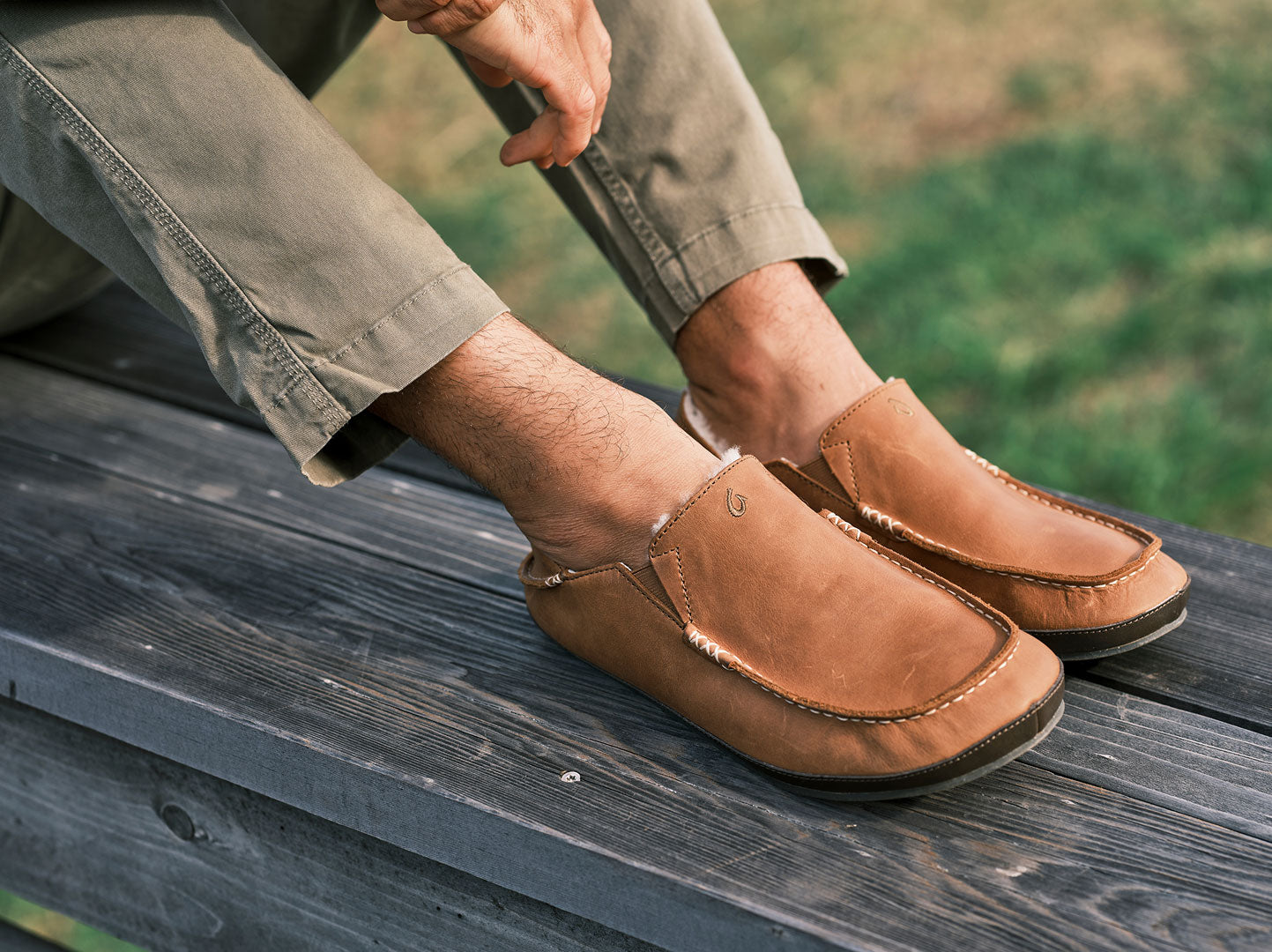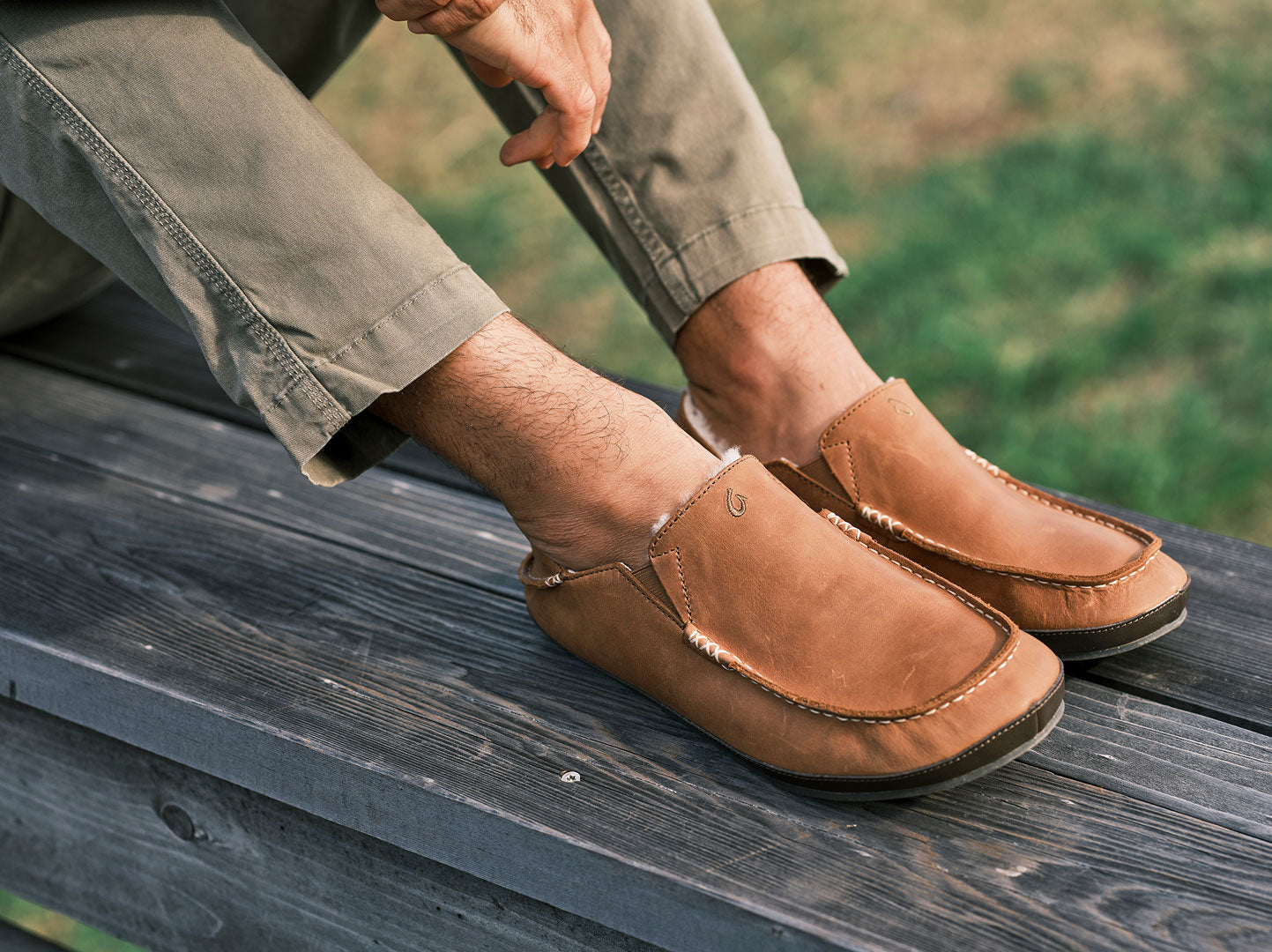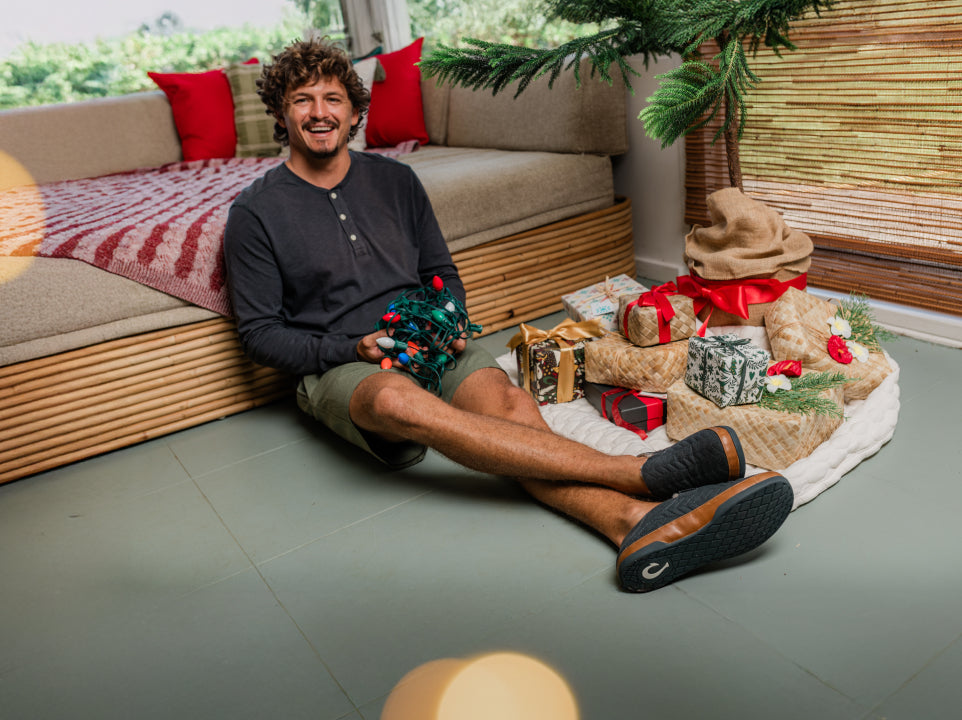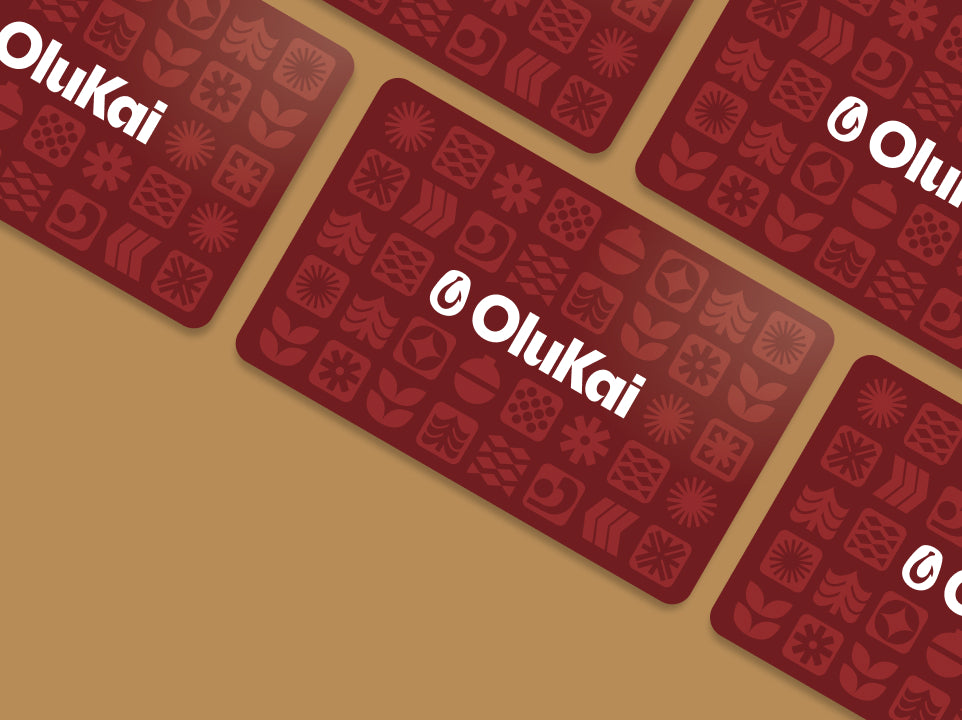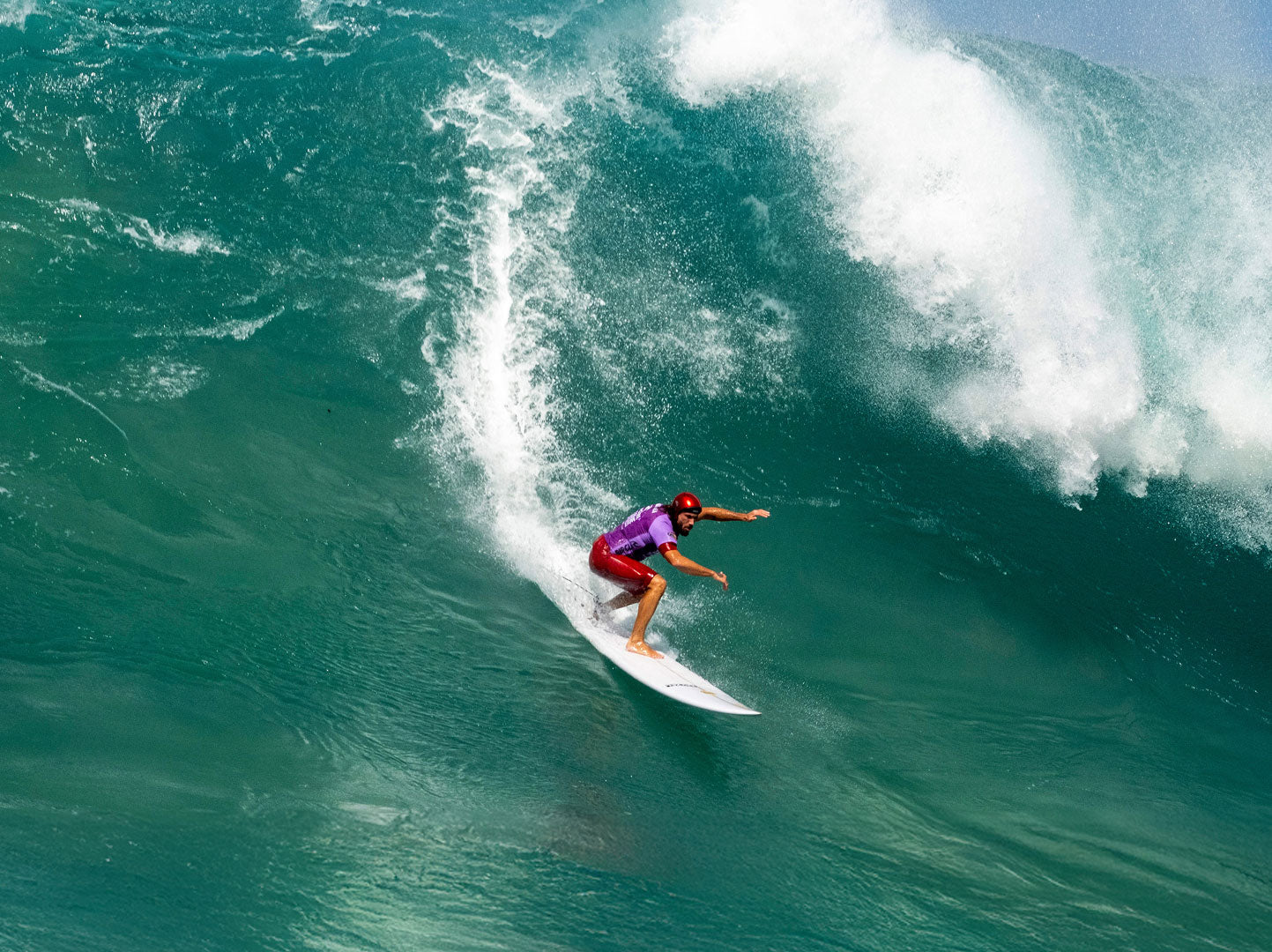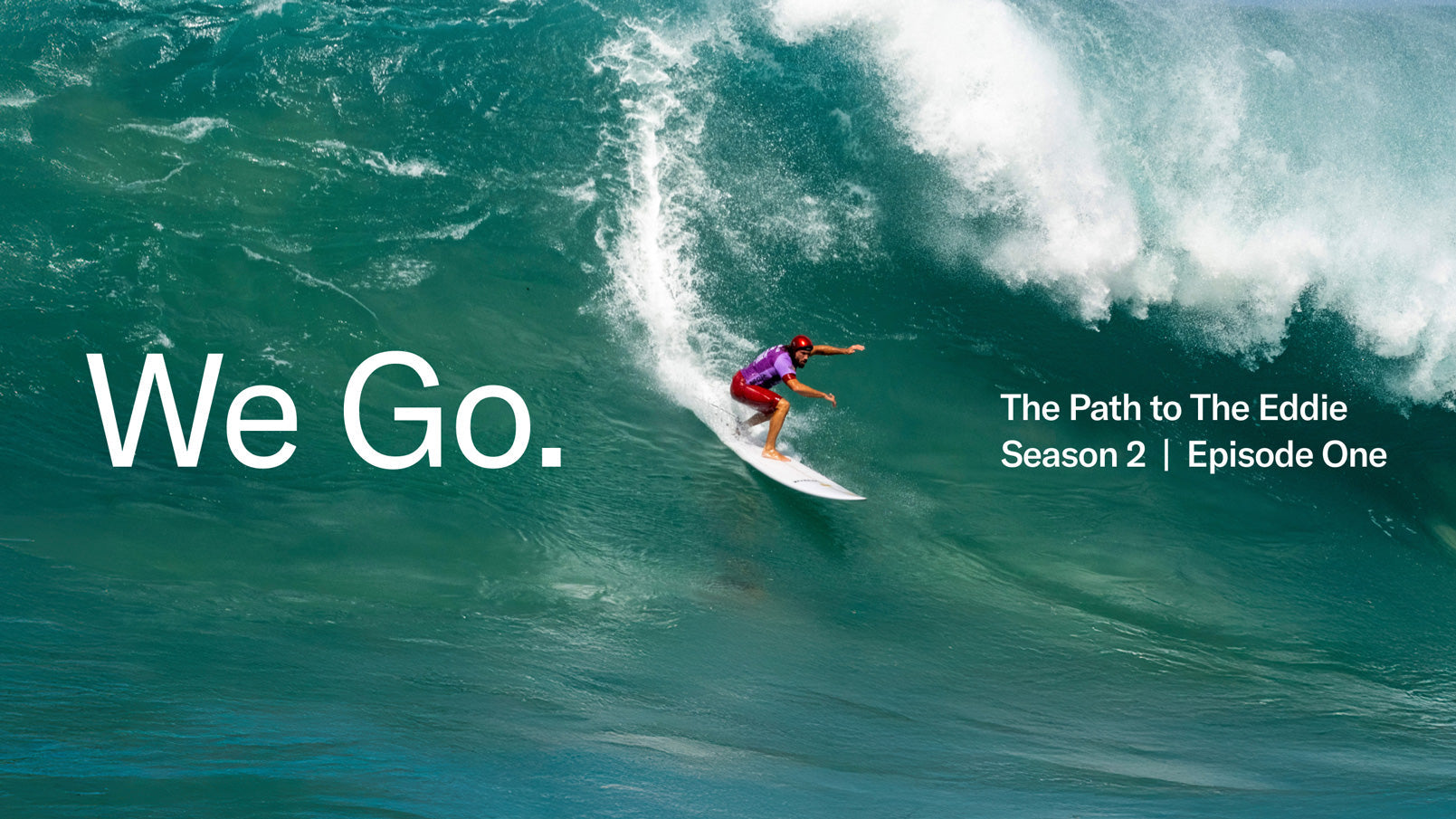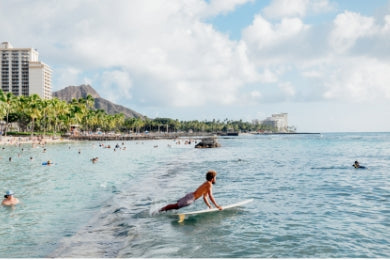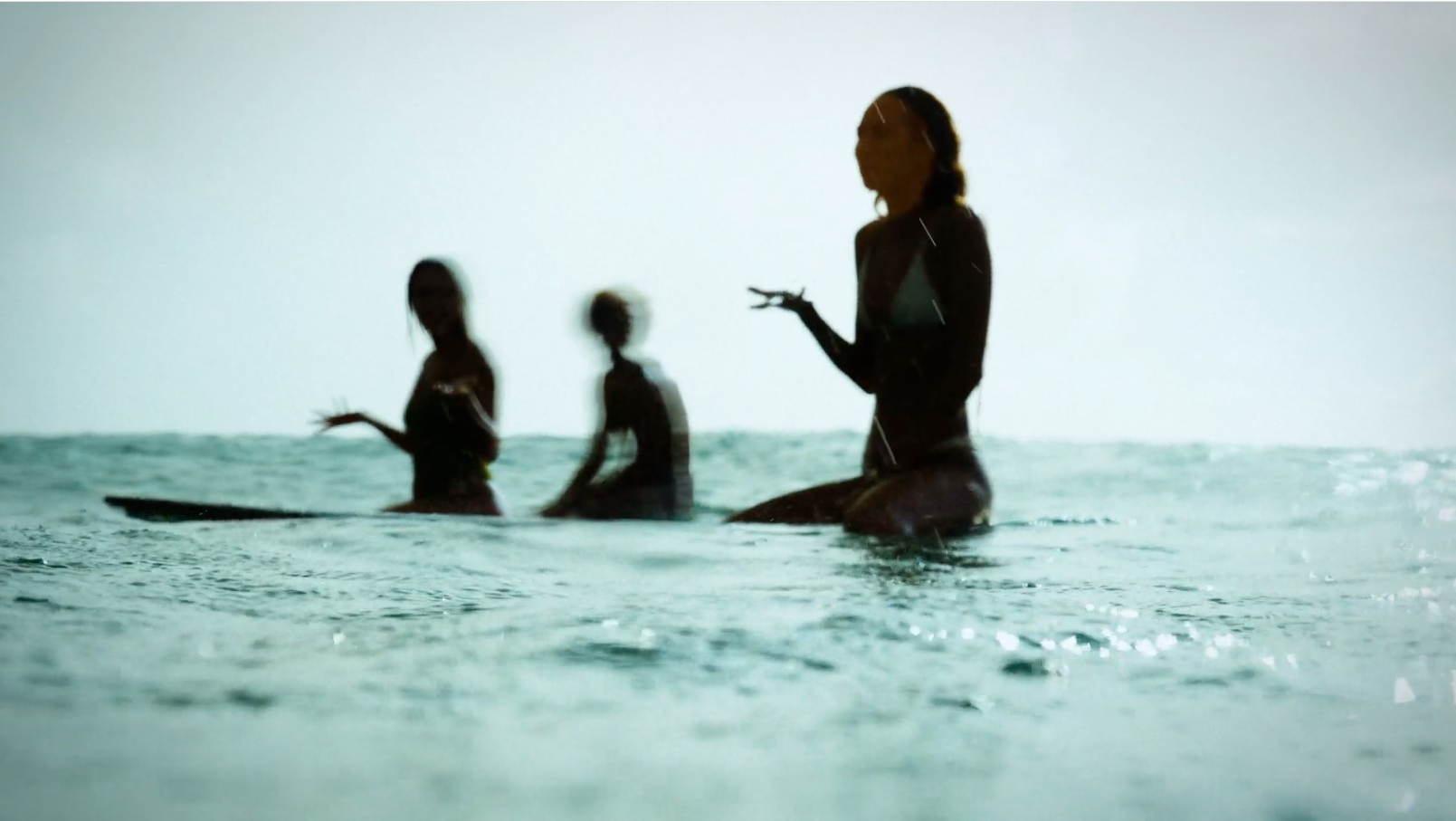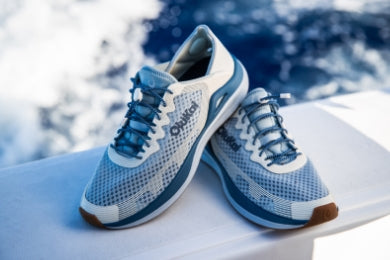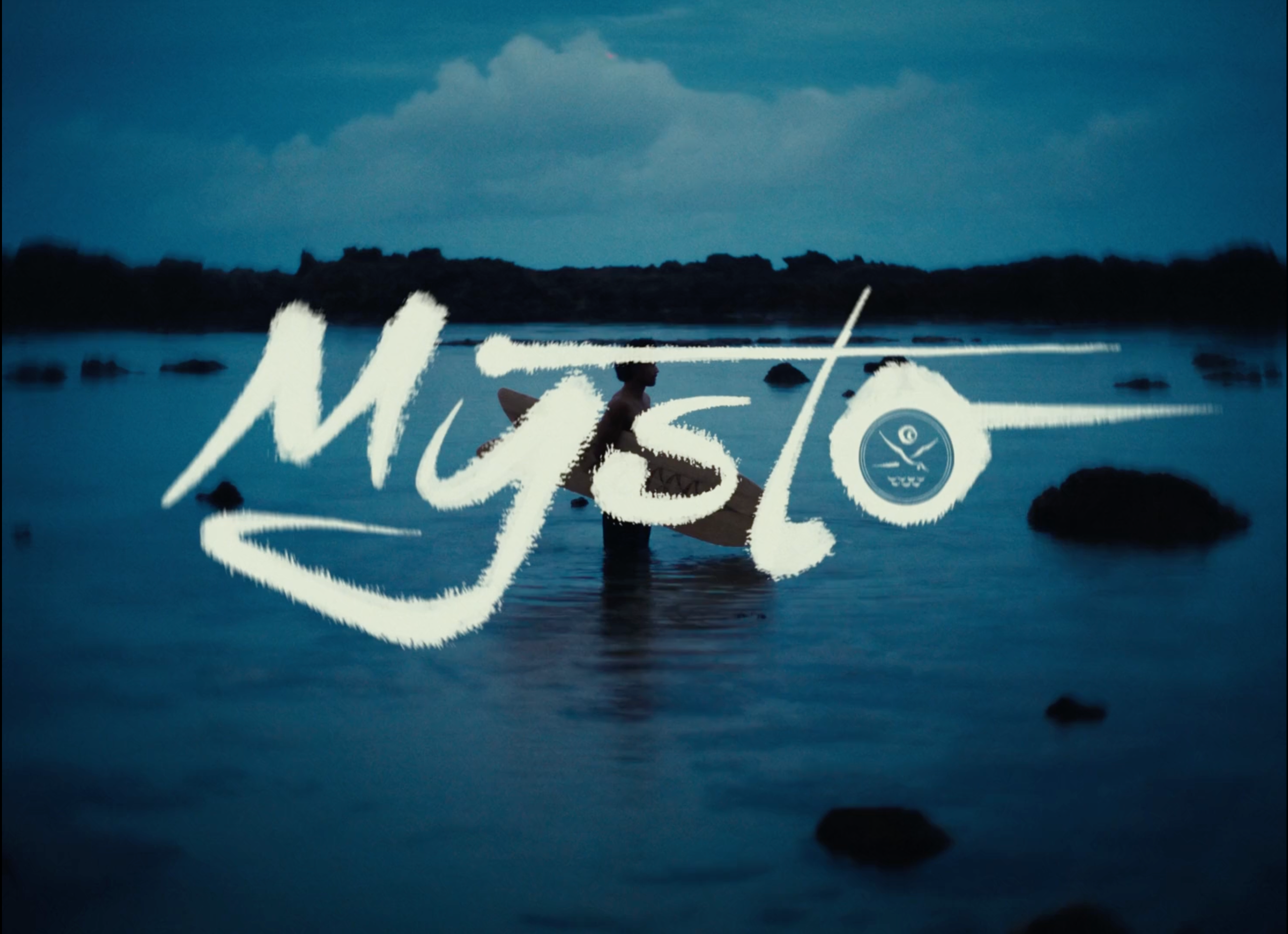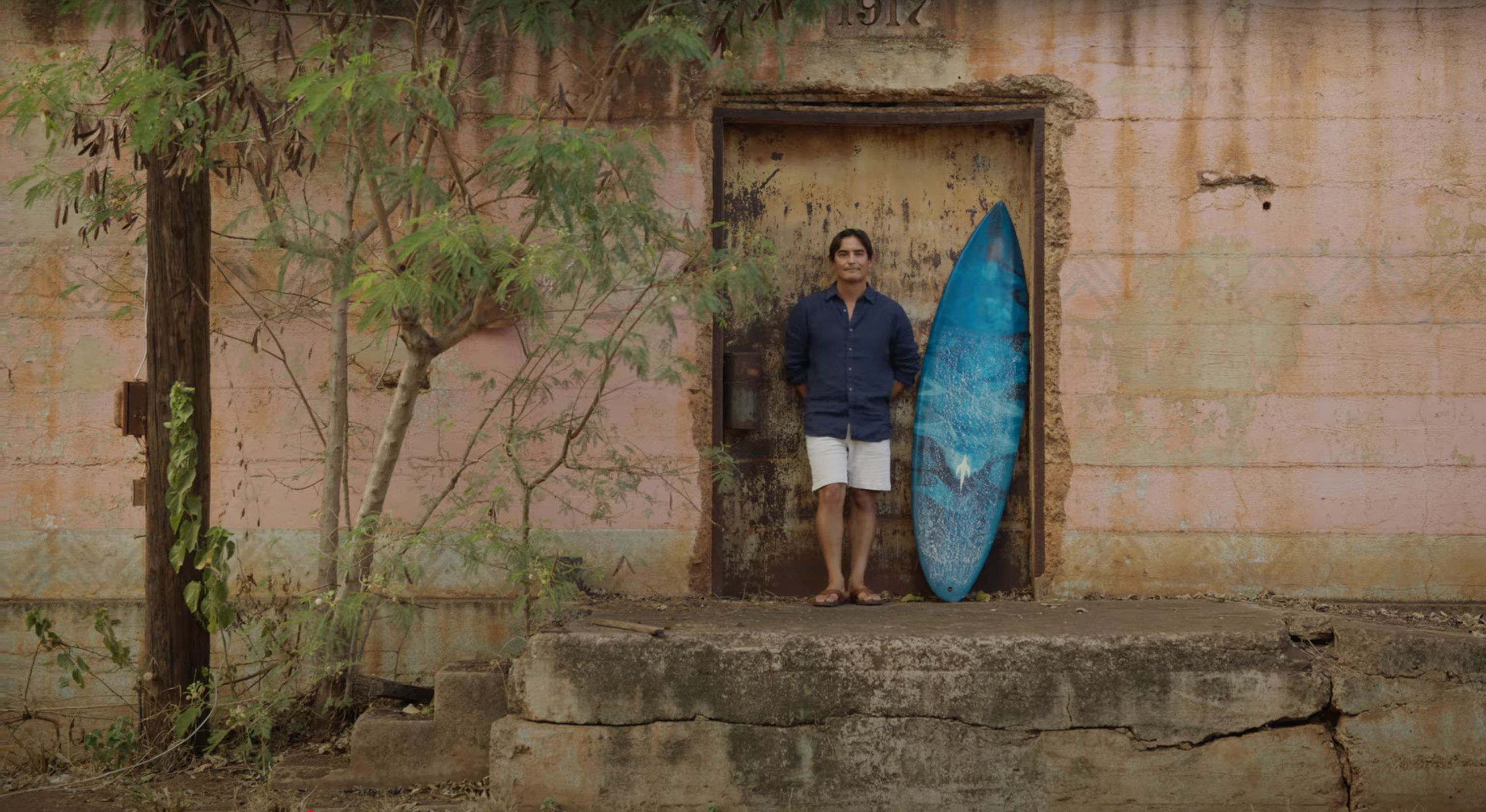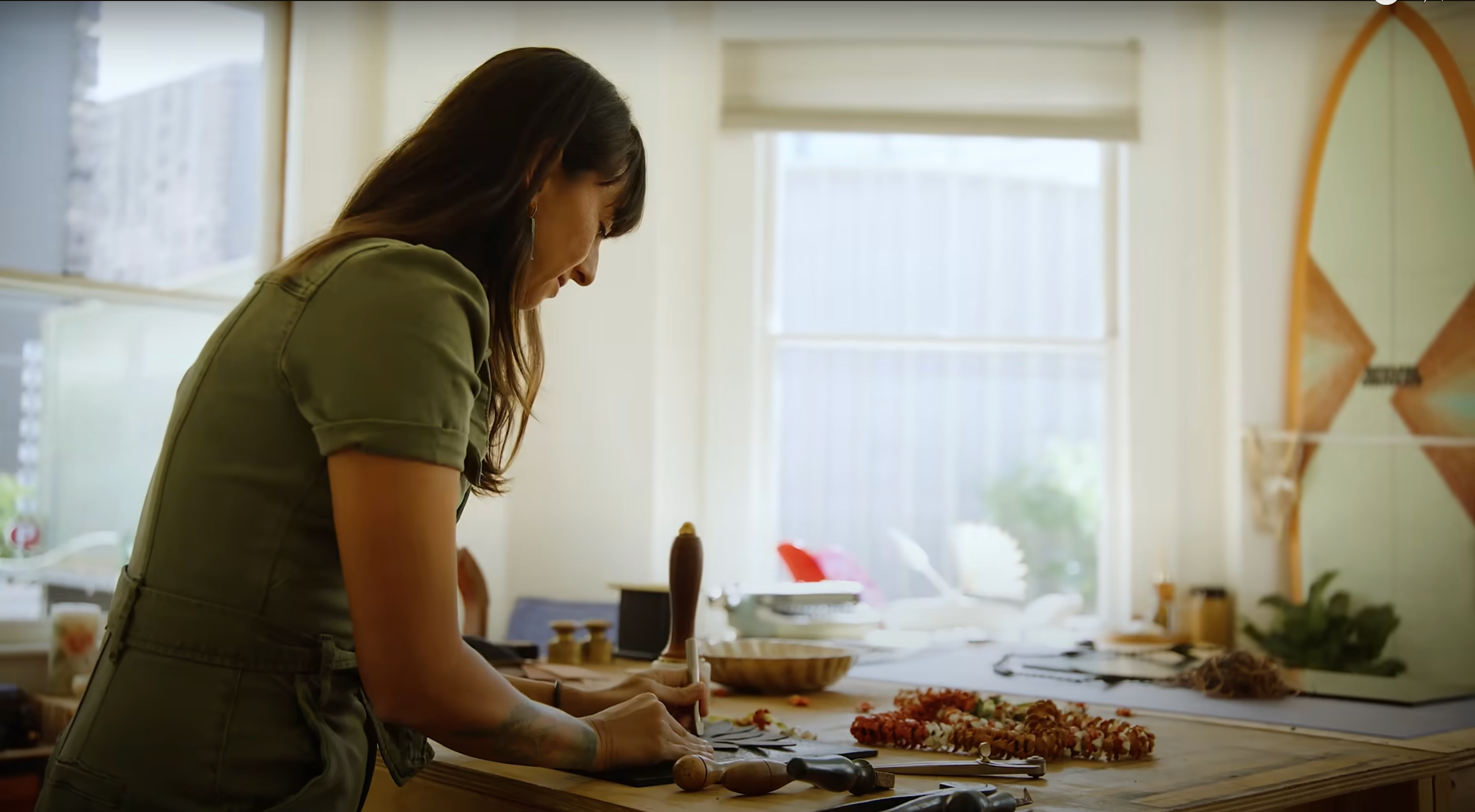 Ever wondered what women did before there were sterilized hospitals and those Heaven-sent epidurals to ease the pains of pregnancy? For the ancient Hawaiian royalty (Ali'i), Oahu houses a special place held sacred by the tribes, where aristocratic Hawaiian women would go to give birth to the progeny next in line for succession. The Kukaniloko Birth Stones, a verdant field dotted with pohaku (rocks), is said to have the power to ease the pain of childbirth, and is considered to be the most sacred site in central Oahu, visited often by the local kamaaina (community) and tourists alike.
Found in the field known as Wahiawa Plateau, located at the intersection of Oahu’s Kamehameha Highway and Whitmore Avenue, the Kukaniloko Birth Stones consist of two rows of a total of 18 lava rocks, which once encircled a single, central birthing stone. Legend has it that the birthing ritual that would take place here involved upwards of 48 royal chiefs who would pound ceremonial drums in anticipated excitement, announcing the arrivals of the keiki (children). It is said that once the babies were born, they were immediately carried to what was once a nearby Heiau (Hawaiian temple), where the umbilical cord was ceremonially cut .
No one knows exactly why, but it was adamantly believed that the pregnant women who made the pilgrimage to give birth here were aided by the pohaku, which supposedly swept away the pain of the process. Also noteworthy are the nosh-worthy rules of gastronomy that the women had to follow preceding the ceremony, including a strict diet and various exercises in the weeks prior, guidelines specifically prescribed by the ancient kahuna (priests).
And although it isn’t officially documented as to whether or not these pain-free claims have any merit, the historical and sacred site remains both a respected and hallowed Hawaiian monument, as well as a beautiful locale to learn just a little more about this tropical paradise’s rich culture and heritage.
By Andy Beth Miller
Ever wondered what women did before there were sterilized hospitals and those Heaven-sent epidurals to ease the pains of pregnancy? For the ancient Hawaiian royalty (Ali'i), Oahu houses a special place held sacred by the tribes, where aristocratic Hawaiian women would go to give birth to the progeny next in line for succession. The Kukaniloko Birth Stones, a verdant field dotted with pohaku (rocks), is said to have the power to ease the pain of childbirth, and is considered to be the most sacred site in central Oahu, visited often by the local kamaaina (community) and tourists alike.
Found in the field known as Wahiawa Plateau, located at the intersection of Oahu’s Kamehameha Highway and Whitmore Avenue, the Kukaniloko Birth Stones consist of two rows of a total of 18 lava rocks, which once encircled a single, central birthing stone. Legend has it that the birthing ritual that would take place here involved upwards of 48 royal chiefs who would pound ceremonial drums in anticipated excitement, announcing the arrivals of the keiki (children). It is said that once the babies were born, they were immediately carried to what was once a nearby Heiau (Hawaiian temple), where the umbilical cord was ceremonially cut .
No one knows exactly why, but it was adamantly believed that the pregnant women who made the pilgrimage to give birth here were aided by the pohaku, which supposedly swept away the pain of the process. Also noteworthy are the nosh-worthy rules of gastronomy that the women had to follow preceding the ceremony, including a strict diet and various exercises in the weeks prior, guidelines specifically prescribed by the ancient kahuna (priests).
And although it isn’t officially documented as to whether or not these pain-free claims have any merit, the historical and sacred site remains both a respected and hallowed Hawaiian monument, as well as a beautiful locale to learn just a little more about this tropical paradise’s rich culture and heritage.
By Andy Beth Miller
Hawaii's Stonehenge
 Ever wondered what women did before there were sterilized hospitals and those Heaven-sent epidurals to ease the pains of pregnancy? For the ancient Hawaiian royalty (Ali'i), Oahu houses a special place held sacred by the tribes, where aristocratic Hawaiian women would go to give birth to the progeny next in line for succession. The Kukaniloko Birth Stones, a verdant field dotted with pohaku (rocks), is said to have the power to ease the pain of childbirth, and is considered to be the most sacred site in central Oahu, visited often by the local kamaaina (community) and tourists alike.
Found in the field known as Wahiawa Plateau, located at the intersection of Oahu’s Kamehameha Highway and Whitmore Avenue, the Kukaniloko Birth Stones consist of two rows of a total of 18 lava rocks, which once encircled a single, central birthing stone. Legend has it that the birthing ritual that would take place here involved upwards of 48 royal chiefs who would pound ceremonial drums in anticipated excitement, announcing the arrivals of the keiki (children). It is said that once the babies were born, they were immediately carried to what was once a nearby Heiau (Hawaiian temple), where the umbilical cord was ceremonially cut .
No one knows exactly why, but it was adamantly believed that the pregnant women who made the pilgrimage to give birth here were aided by the pohaku, which supposedly swept away the pain of the process. Also noteworthy are the nosh-worthy rules of gastronomy that the women had to follow preceding the ceremony, including a strict diet and various exercises in the weeks prior, guidelines specifically prescribed by the ancient kahuna (priests).
And although it isn’t officially documented as to whether or not these pain-free claims have any merit, the historical and sacred site remains both a respected and hallowed Hawaiian monument, as well as a beautiful locale to learn just a little more about this tropical paradise’s rich culture and heritage.
By Andy Beth Miller
Ever wondered what women did before there were sterilized hospitals and those Heaven-sent epidurals to ease the pains of pregnancy? For the ancient Hawaiian royalty (Ali'i), Oahu houses a special place held sacred by the tribes, where aristocratic Hawaiian women would go to give birth to the progeny next in line for succession. The Kukaniloko Birth Stones, a verdant field dotted with pohaku (rocks), is said to have the power to ease the pain of childbirth, and is considered to be the most sacred site in central Oahu, visited often by the local kamaaina (community) and tourists alike.
Found in the field known as Wahiawa Plateau, located at the intersection of Oahu’s Kamehameha Highway and Whitmore Avenue, the Kukaniloko Birth Stones consist of two rows of a total of 18 lava rocks, which once encircled a single, central birthing stone. Legend has it that the birthing ritual that would take place here involved upwards of 48 royal chiefs who would pound ceremonial drums in anticipated excitement, announcing the arrivals of the keiki (children). It is said that once the babies were born, they were immediately carried to what was once a nearby Heiau (Hawaiian temple), where the umbilical cord was ceremonially cut .
No one knows exactly why, but it was adamantly believed that the pregnant women who made the pilgrimage to give birth here were aided by the pohaku, which supposedly swept away the pain of the process. Also noteworthy are the nosh-worthy rules of gastronomy that the women had to follow preceding the ceremony, including a strict diet and various exercises in the weeks prior, guidelines specifically prescribed by the ancient kahuna (priests).
And although it isn’t officially documented as to whether or not these pain-free claims have any merit, the historical and sacred site remains both a respected and hallowed Hawaiian monument, as well as a beautiful locale to learn just a little more about this tropical paradise’s rich culture and heritage.
By Andy Beth Miller
